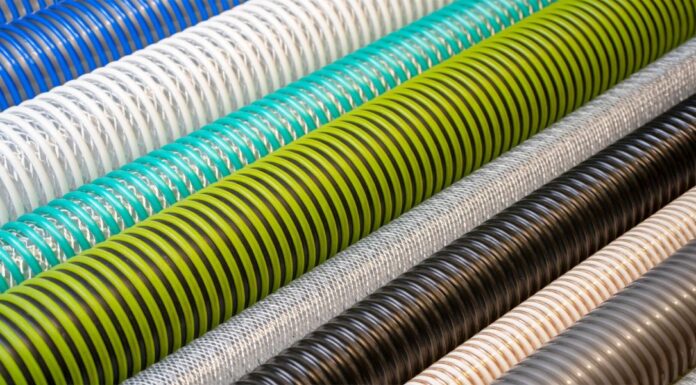
Scientists have designed a heat-insulating material made from wood that is both light and strong and made entirely from tiny, stripped-down wood fibers.
“Nature is producing this kind of material,” said senior author Liangbing Hu, a materials scientist and engineer at the University of Maryland in College Park.
Managing heat is a major issue in the cities we build. It’s hard to keep heat indoors in the winter and keep it outdoors in the summer. The insulating materials currently in use are often very expensive to make, both in terms of money and of energy. They’re not usually biodegradable and ultimately contribute to our growing landfills. So scientists have been trying to come up with cheaper, more environmentally friendly options.
Hu has been probing the properties of nanocellulose, nanometer-scale versions of cellulose, the tough carbohydrate in the cell walls of plants that allows tree trunks to grow strong and tall. At these incredibly small scales, cellulose fibers can take on remarkable characteristics, including a strength-to-weight ratio that’s about eight times that of steel.
Read more: This is ‘nanowood,’ an invention that could reduce humanity’s carbon footprint
thumbnail courtesy of phys.org











